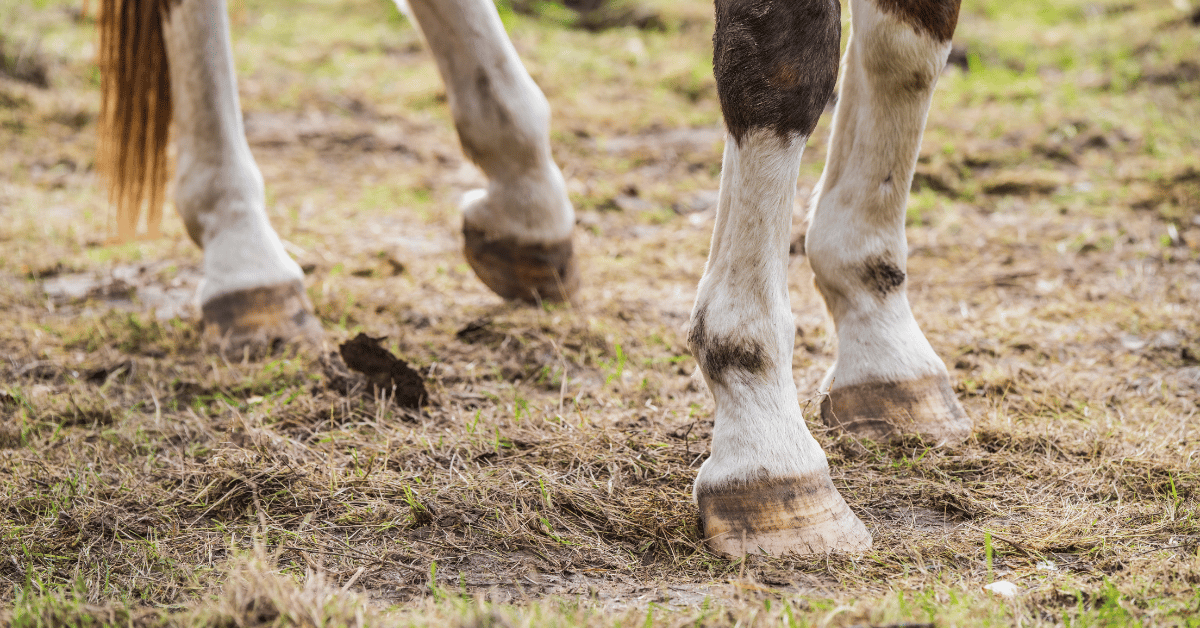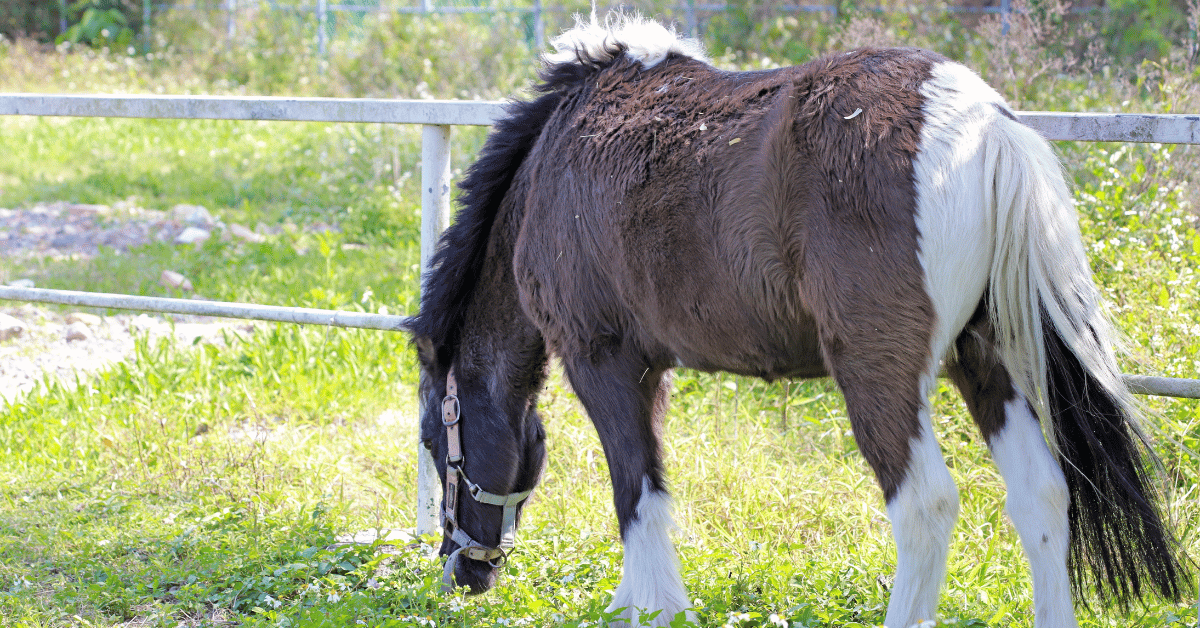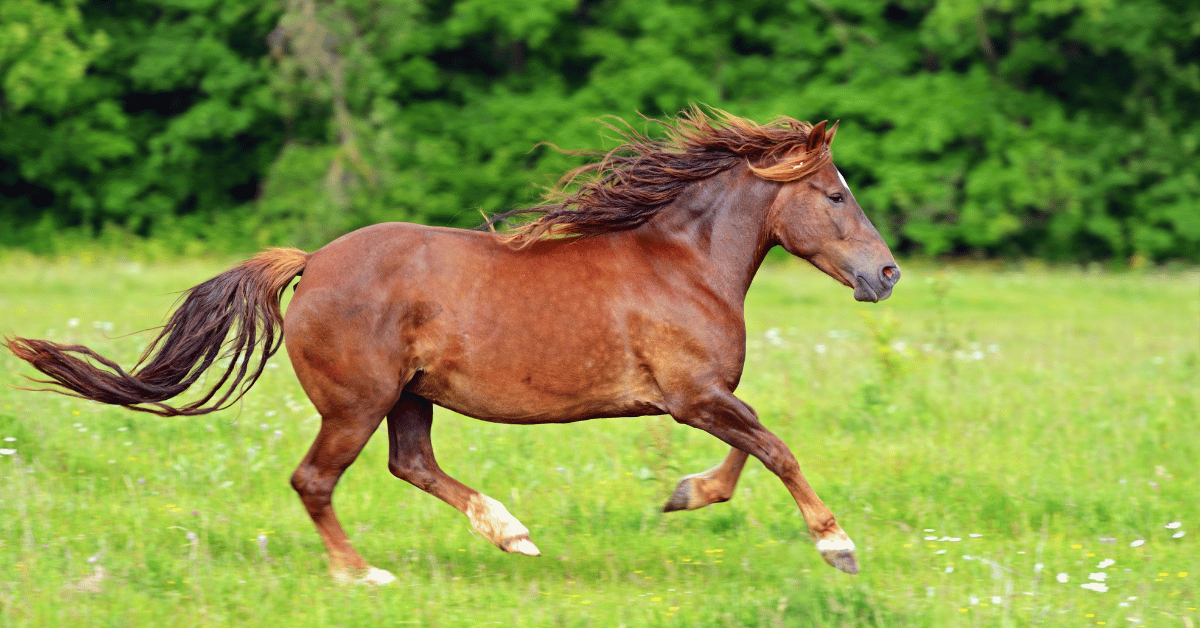Why are horses with PPID more prone to laminitis?
PPID is a condition in which the horse's hormonal balance is disrupted. It often occurs in older horses. With PPID, there is too much cortisol in the bloodstream, and the regulation of insulin — the hormone responsible for sugar metabolism — is often disturbed. Both mechanisms increase the risk of laminitis.
Insulin resistance
Diseases

17 August '25 • 2 min reading time
In PPID (formerly known as Cushing’s disease), the function of the pituitary gland is impaired. This happens because the signals that regulate the pituitary gland weaken as the horse ages. The disrupted pituitary function leads to an overproduction of glucocorticoids in the bloodstream. These hormones weaken the hoof structure, affect the blood vessels in the foot, and contribute to or worsen insulin resistance in the horse.
Mechanisms
As PPID progresses, the middle part of the pituitary gland produces more hormones, including ACTH, which stimulates the adrenal glands to produce more cortisol. Cortisol is a stress hormone. A horse with an overactive pituitary gland therefore has chronically elevated cortisol levels. This leads to multiple issues. In other species, for example, it has been shown that protein metabolism is impaired, resulting in protein deficiency. Collagen production can also be reduced, weakening the body's ability to heal. In horses, high cortisol likely causes elongation and weakening of the hoof lamellae, which then start to separate and can no longer properly support the horse’s weight. Damaged hoof lamellae also heal poorly. When the lamellae begin to separate or detach, this results in laminitis — a painful and serious condition commonly seen in horses with PPID.
Vascular damage
PPID horses often develop insulin resistance (IR), especially if they are overweight. Insulin plays a role in regulating blood vessel constriction and dilation. With IR, this regulation is impaired, leading to excessive vessel constriction because insulin blocks the action of vasodilating substances. As a result, the delivery of nutrients and removal of waste from the hoof is compromised, increasing the risk of laminitis. High blood sugar can also lead to the formation and accumulation of harmful substances in the hoof tissue.
Predisposition and sugar overload
Studies show that horses with both PPID and IR are more likely to develop laminitis than horses with only PPID. Acute laminitis often occurs when sensitive horses are put on pastures with high sugar content or fed sugary concentrates. Vets frequently see a spike in laminitis cases when grass becomes stressed due to frost or drought, which causes it to produce more sugar.
Risk factors
Overweight horses are at greater risk — especially when PPID is also present. Fat tissue produces hormones, further disrupting the hormonal balance. Chronic inflammation in fat deposits also reduces insulin sensitivity. Additionally, a disturbed gut flora from sugar-rich feed contributes to overall imbalance. Excess weight puts more pressure on the hooves as well. Therefore, maintaining a healthy weight is essential. A diet low in sugar and high in fiber, combined with appropriate exercise (both free and under saddle), is key for managing PPID horses.


